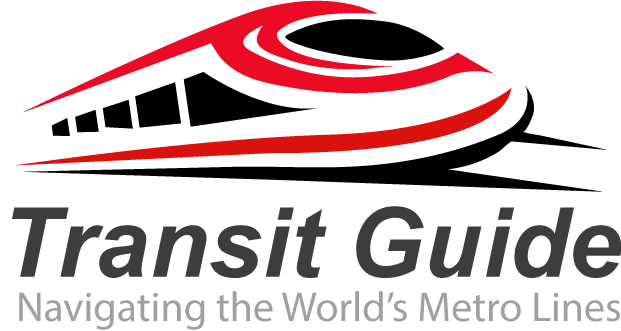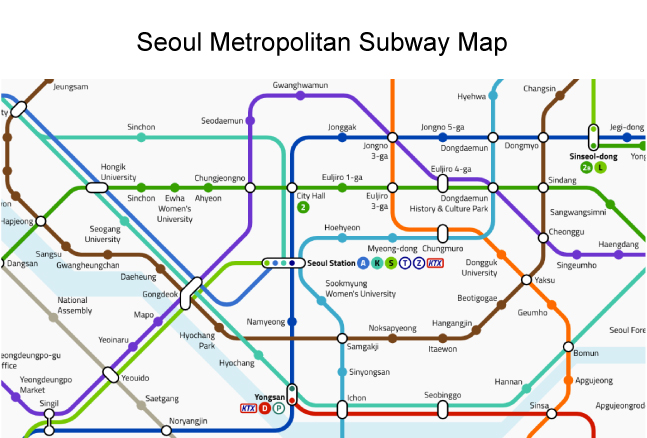The Seoul Metro system stands as one of the world’s most efficient and extensive urban transportation networks, serving over 8 million passengers daily across South Korea’s bustling capital. This comprehensive subway system has become the backbone of Seoul’s public transportation, connecting every corner of the metropolitan area with remarkable precision and reliability.
Overview of Seoul’s Subway Network
Seoul’s metro system comprises nine main lines operated by Seoul Metro, along with additional lines managed by other operators, creating a total network of over 700 kilometers of track. The system includes more than 300 stations, making it one of the largest subway networks globally. Each line is color-coded and numbered, with clear signage in both Korean and English, ensuring accessibility for international visitors.
The metro operates from approximately 5:30 AM to midnight, with some variations depending on the specific line and station. During peak hours, trains run every 2-3 minutes, while off-peak frequencies range from 4-6 minutes, ensuring minimal wait times throughout the day.
Key Features and Technology
Seoul Metro is renowned for its cutting-edge technology and passenger amenities. Most stations feature platform screen doors for safety, air conditioning, and free Wi-Fi connectivity. The system utilizes advanced signaling technology that allows for precise scheduling and minimal delays.
The integration of digital displays throughout stations provides real-time arrival information, route guidance, and important announcements in multiple languages. Many stations also include cultural exhibitions, underground shopping centers, and connections to major department stores and business districts.
Ticketing and Payment Systems
The metro system uses the T-money card, a rechargeable smart card that can be used across all Seoul public transportation modes. Visitors can also use single-journey tickets or mobile payment options through smartphone apps. The fare structure is distance-based, with additional charges for transfers between different operators.
International travelers will find the system particularly user-friendly, with ticket machines offering multiple language options and clear pricing displays. The integration with bus systems allows seamless transfers, making the T-money card an essential tool for navigating Seoul.
Major Lines and Connections
Line 1 (Dark Blue) connects Seoul Station to various suburban areas, while Line 2 (Green) forms a circular route covering major districts like Gangnam, Hongik University, and Seoul National University. Line 3 (Orange) and Line 4 (Light Blue) provide crucial north-south connections, serving popular destinations including Myeongdong, Insadong, and Express Bus Terminal.
The newer lines (5-9) extend service to outer districts and provide express services to Incheon International Airport through the Airport Railroad Express (AREX), making international travel connections seamless.
Tips for Using Seoul Metro
For optimal navigation, download the Subway Korea app or Citymapper for real-time updates and route planning. Rush hours (7-9 AM and 6-8 PM) can be extremely crowded, so plan accordingly. The system’s efficiency and cleanliness make it the preferred transportation method for both locals and tourists exploring Seoul’s diverse neighborhoods and attractions.

